PPT-Deputy Chief Skip Coleman – Toledo Fire & Rescue
Author : pasty-toler | Published Date : 2018-01-06
Searching Smarter 2013Q2 Chief S Coleman ret Bio Bio Skip has retired as Assistant Chief of the Toledo Fire Department where he served for over 32 years Skip
Presentation Embed Code
Download Presentation
Download Presentation The PPT/PDF document "Deputy Chief Skip Coleman – Toledo Fir..." is the property of its rightful owner. Permission is granted to download and print the materials on this website for personal, non-commercial use only, and to display it on your personal computer provided you do not modify the materials and that you retain all copyright notices contained in the materials. By downloading content from our website, you accept the terms of this agreement.
Deputy Chief Skip Coleman – Toledo Fire & Rescue: Transcript
Download Rules Of Document
"Deputy Chief Skip Coleman – Toledo Fire & Rescue"The content belongs to its owner. You may download and print it for personal use, without modification, and keep all copyright notices. By downloading, you agree to these terms.
Related Documents

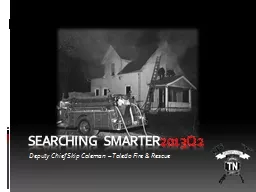
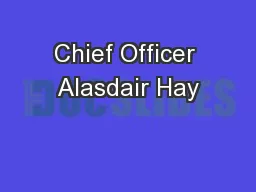
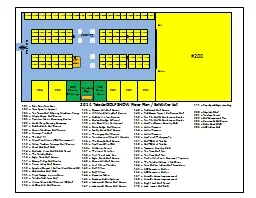



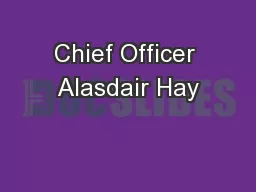
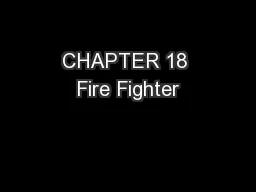
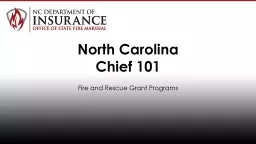
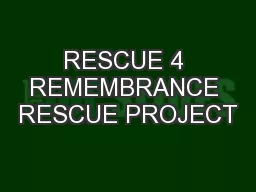
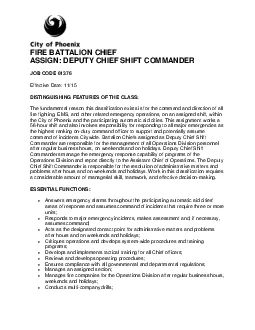


![[DOWNLOAD] Insights Into Confined Space Rescue: A Practitioner’s Study – Volume 2:](https://thumbs.docslides.com/1004194/download-insights-into-confined-space-rescue-a-practitioner-s-study-volume-2-confined-space-rescue-considerations-for-industry-construction-and-fire-rescue.jpg)